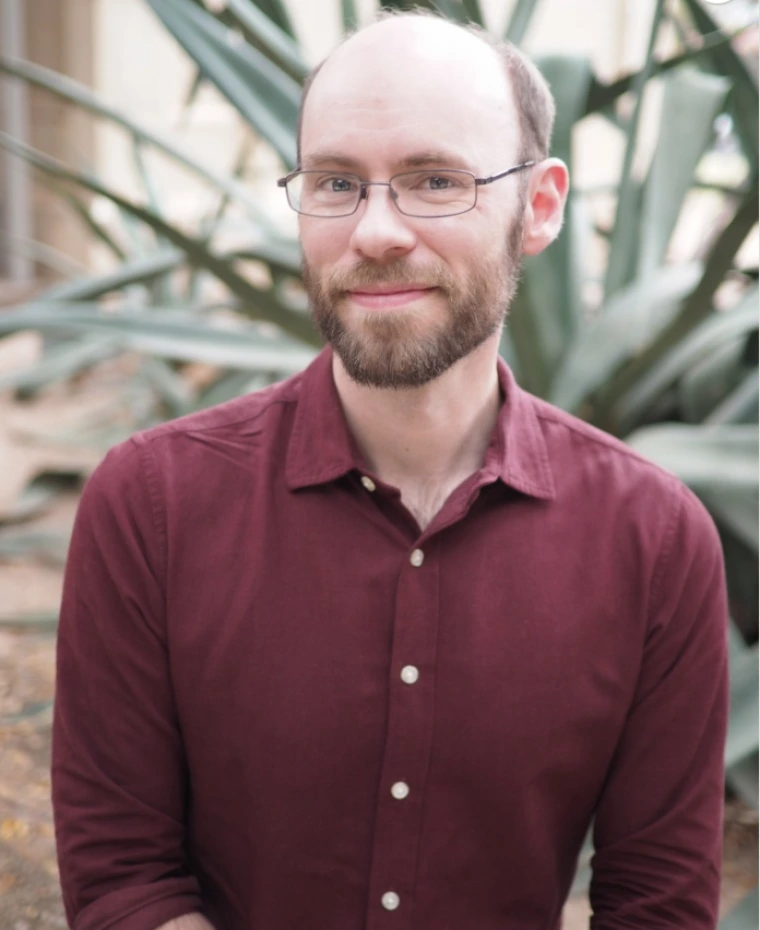Jarron Leisenring
Dr. Jarron Leisenring is the director of Steward Observatory’s Imaging Technology Laboratory, holding the position of Assistant Research Professor at the University of Arizona. With over 15 years of experience in the field of astronomical instrumentation, he specializes in advancing detector imaging technology as well as designing and building hardware and software infrastructure focusing on exoplanet discovery.
Dr. Leisenring joined ITL as director in 2024, succeeding founder Dr. Mike Lesser, after spending the previous 10+ years working on James Webb Space Telescope Near Infrared Camera (NIRCam). ITL has pioneered new semiconductor processing techniques including silicon etching of various doping levels for reduced dark current and increased quantum efficiency, thin film coating design and applications for silicon imagers, packaging techniques for both large format sensors and focal plane mosaics, and imaging sensor software and techniques for characterization. For over 30 years, ITL has delivered more than 4,0000 devices to the world-wide scientific and industrial communities. These sensors have been used on space-based projects such as GOES-16, 17, 18, and 19 (GLM), TEMPO, GEMS, SBSS, DSCOVR (EPIC), and PACE (OCI) and ground-based astronomy projects such as the Vera Rubin Observatory’s LSST Camera, DESI, NOAO, Keck, Magellan, and ESO, among others.
In 2013, he joined the JWST NIRCam team (PI: Dr. Marcia Rieke) at the University of Arizona, primarily responsible for optimizing and characterizing the instrument’s state-of-the-art IR detectors and their control electronics and helping to plan the science team’s exoplanet imaging programs. After the launch of JWST in 2021, he helped commission the NIRCam instrument and led the calibration effort for the coronagraphic observing mode to directly image planets and disks orbiting nearby stars.
Dr. Leisenring obtained a PhD in Astronomy from the University of Virginia in 2011, during which he built an infrared (IR) high-contrast imaging instrument (LMIRcam) for the Large Binocular Telescope Interferometer and studied the early stages of planet formation in circumstellar disks. He subsequently spent two years as a postdoctoral researcher in ETH Zurich to help start an IR detector and instrumentation lab.
Focus Areas:
Processing of silicon imaging sensors, development and characterization or IR detectors, astronomical instrumentation, exoplanet direct imaging
Degrees
- PhD, Astronomy, University of Virginia
- BS, Physics and Astronomy, University of Rochester

